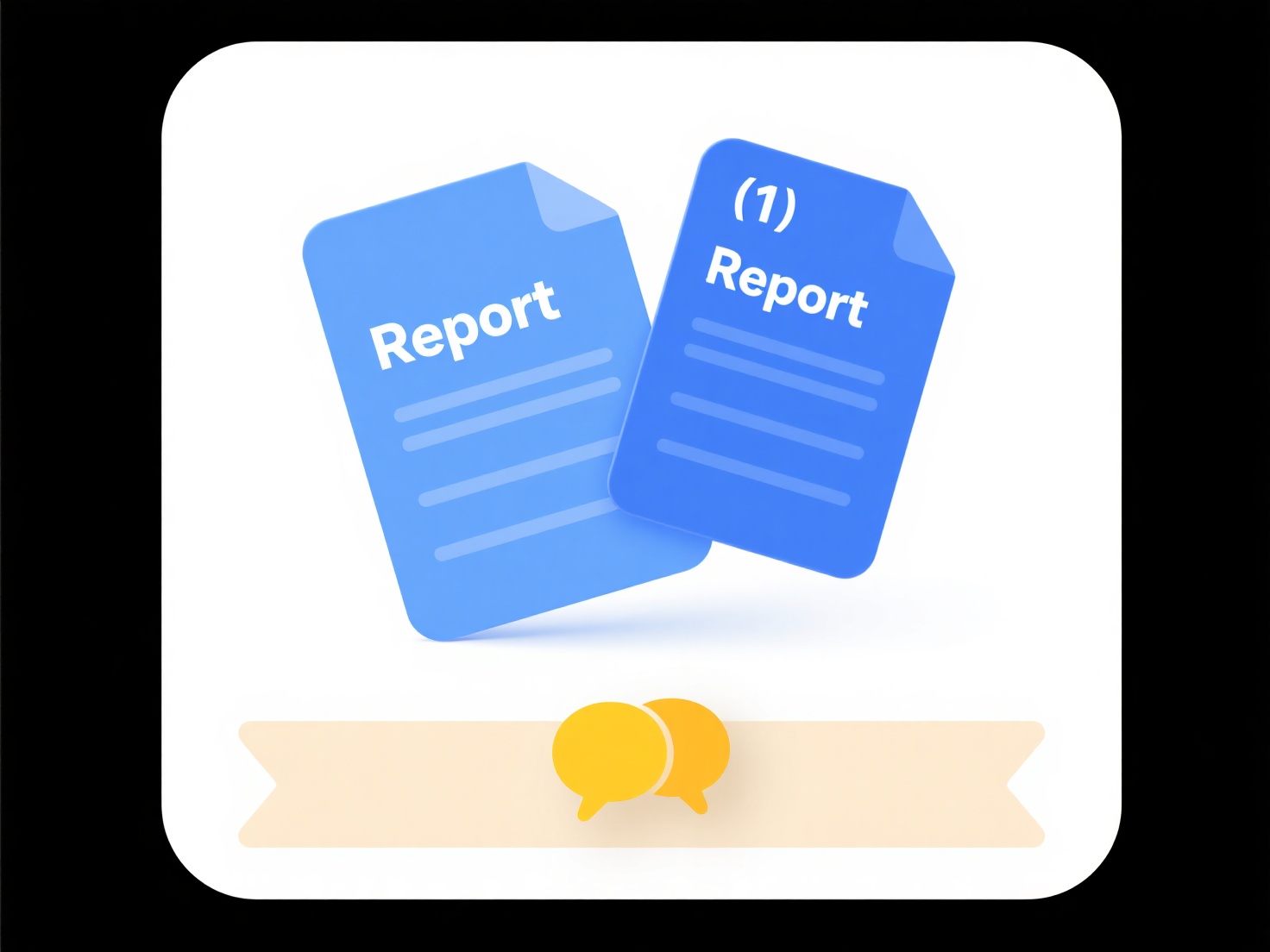
A cluttered desktop refers to an excessive accumulation of files, shortcuts, and folders directly visible on your computer's main screen, hindering easy access and focus. It differs from organized filing systems where items reside within designated folders stored elsewhere. Preventing clutter involves actively managing what you place on the desktop itself, treating it more like a temporary staging area rather than permanent storage. Good practice means keeping only frequently used, essential items immediately visible there.
For instance, users might implement a system of immediately moving downloaded files or newly created documents into organized subfolders within their 'Documents' or 'Downloads' directory instead of leaving them on the desktop. Another example involves using cloud storage services (like OneDrive, Google Drive, or Dropbox) across industries like design, finance, or administration; projects and reference materials are stored in the cloud service's synced folder, keeping the desktop clean while ensuring files are accessible and backed up elsewhere.

Keeping the desktop uncluttered significantly improves productivity by reducing visual distractions and making vital items easier to find quickly. However, maintaining this requires consistent discipline and developing good file management habits as an initial challenge. An organized desktop can also reduce cognitive load and potentially enhance digital wellbeing, making the computer experience less overwhelming overall.
How can I keep my desktop from becoming cluttered?
A cluttered desktop refers to an excessive accumulation of files, shortcuts, and folders directly visible on your computer's main screen, hindering easy access and focus. It differs from organized filing systems where items reside within designated folders stored elsewhere. Preventing clutter involves actively managing what you place on the desktop itself, treating it more like a temporary staging area rather than permanent storage. Good practice means keeping only frequently used, essential items immediately visible there.
For instance, users might implement a system of immediately moving downloaded files or newly created documents into organized subfolders within their 'Documents' or 'Downloads' directory instead of leaving them on the desktop. Another example involves using cloud storage services (like OneDrive, Google Drive, or Dropbox) across industries like design, finance, or administration; projects and reference materials are stored in the cloud service's synced folder, keeping the desktop clean while ensuring files are accessible and backed up elsewhere.

Keeping the desktop uncluttered significantly improves productivity by reducing visual distractions and making vital items easier to find quickly. However, maintaining this requires consistent discipline and developing good file management habits as an initial challenge. An organized desktop can also reduce cognitive load and potentially enhance digital wellbeing, making the computer experience less overwhelming overall.
Quick Article Links
Which video format gives the best quality vs. size balance?
The best balance between video quality and file size is typically achieved with modern compression formats like HEVC (H....
How fast is Wisfile when processing large batches of files?
How fast is Wisfile when processing large batches of files? Wisfile efficiently processes large batches of files local...
Can I sync only when on Wi-Fi?
Syncing only when connected to Wi-Fi refers to a device or application setting that restricts data uploads and downloads...